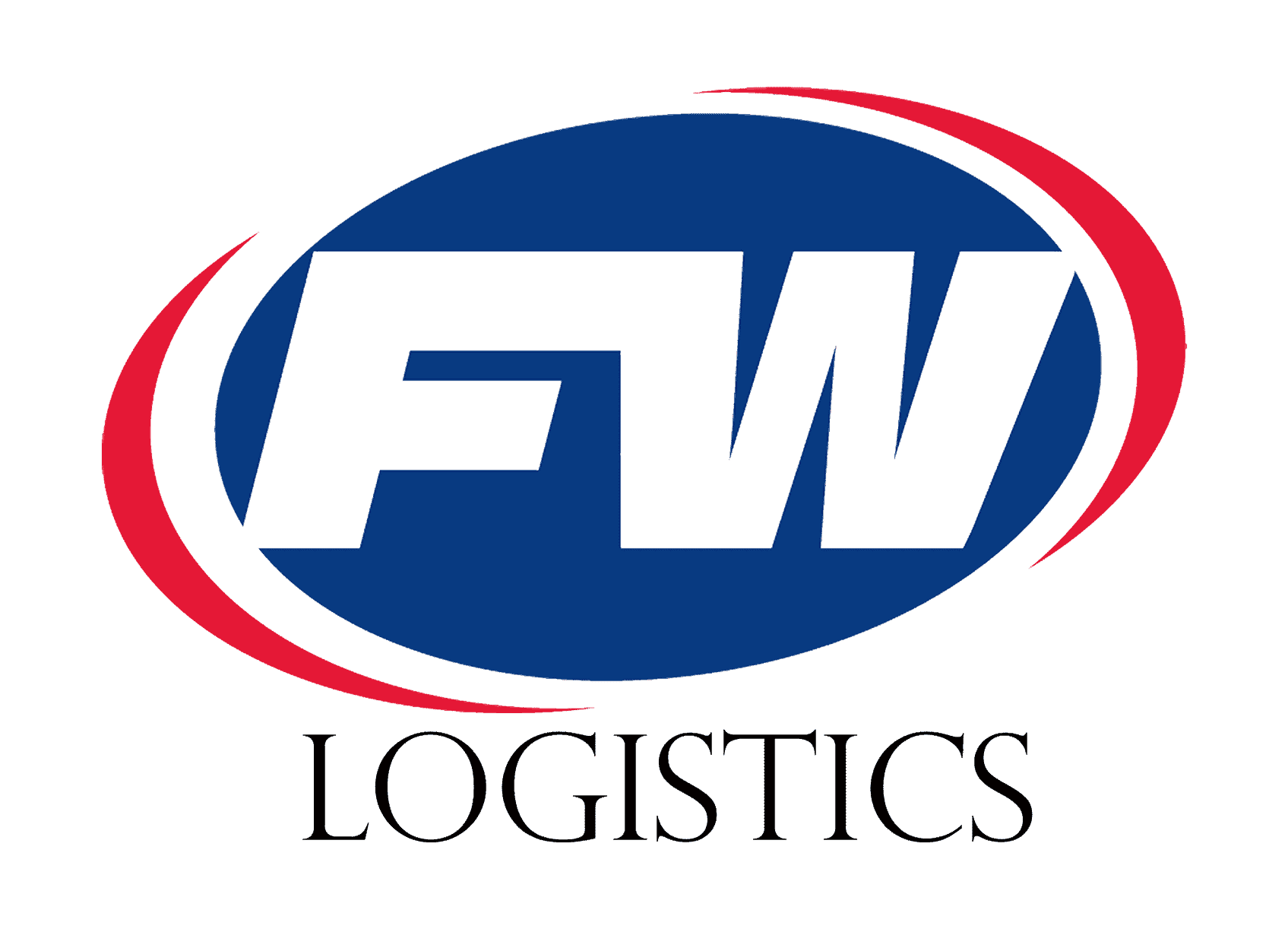
In today’s fast-paced and competitive business landscape, efficient warehouse fulfillment operations are crucial for the success of manufacturers and third-party logistics providers. To optimize performance, it is essential to plan, implement, and measure key performance indicators (KPIs) that align with long-term strategic goals.
By tracking and analyzing warehouse metrics, businesses can identify areas for improvement, enhance transportation costs, ensure on-time delivery, and enhance customer satisfaction. Keep reading to explore the main KPI categories that are vital for effective warehouse fulfillment operations.
The Categories of Warehouse KPI Metrics
Customer Metrics: Delivering on Promises
Satisfying customers is at the heart of any successful warehouse fulfillment operation. By monitoring customer metrics, businesses can ensure timely delivery and improve overall customer satisfaction. The following KPIs are essential for measuring customer-centric performance:
- On-Time Shipping – This metric tracks the percentage of orders shipped within the promised delivery timeframe. Timely shipping is crucial for meeting customer expectations and building trust.
- Total Order Cycle Time – Order cycle time refers to the duration it takes from order placement to final delivery. Reducing this enhances customer satisfaction and allows for quicker inventory turnover.
- Internal Order Cycle Time – Not to be confused with total order cycle time, this metric refers to internal processes, measuring how long it takes to handle an order within the warehouse. Streamlining internal operations improves overall efficiency and reduces lead times.
- Perfect Order Percentage –This KPI measures the accuracy and completeness of orders shipped without errors, including correct items, quantities, and documentation. A high perfect order percentage indicates a well-functioning warehouse fulfillment process.
Inbound Metrics: Efficient Receiving and Stocking
Effective warehouse fulfillment requires meticulous tracking of inbound metrics to ensure accurate inventory management. Some of the most applicable KPIs include:
- Dock-to-Stock Cycle – The dock-to-stock cycle looks at the time it takes to move items from the delivery bay to shelves. Shorter cycles improve stock tracking and help ensure orders are filled more quickly.
- Inbound Orders Received – This KPI tracks the number of inbound orders received within a specific time frame. Monitoring this metric helps businesses manage workload and plan for resource allocation.
- Lines Received – This calculation tallies up each unique item or SKU that has been delivered, allowing companies to track their supplies and avoid both shortages and overages.
Outbound Metrics: Swift and Accurate Order Fulfillment
Efficient outbound operations are critical for meeting customer demands and ensuring timely deliveries. By tracking outbound metrics, businesses can optimize their order fulfillment processes:
- Order Fill-Rate – This key performance indicator evaluates the success of stocking supplies to meet customer demands. An impressive fill-rate indicates a well-managed inventory, providing customers with an improved satisfaction rate.
- Orders Picked per Hour – By monitoring this performance indicator, managers can measure how many orders are being prepared and shipped out by warehouse personnel every hour. This lets them track their efficiency and strategize for optimal resource management.
- Lines Picked per Hour – The number of lines picked per hour measures the number of individual items or SKUs picked per hour. With this metric, warehouse operators can gain insight into picking efficiency and identify areas for improvement.
- Line Fill-Rate – This metric evaluates the percentage of individual items or SKUs fulfilled from available stock. A high line fill-rate ensures accurate and complete order fulfillment.
- Outbound Order Fulfillment – By measuring the overall efficiency of the order fulfillment process, including order processing, picking, packing, and shipping, operators can identify bottlenecks and improve the warehouse’s overall performance.
Financial Metrics: Streamlining Operations and Cutting Costs
Financial metrics play a vital role in evaluating the profitability and efficiency of warehouse fulfillment operations. By tracking these KPIs, businesses can identify areas of improvement and make informed decisions to streamline operations and reduce costs. There are two primary indicators of financial metrics:
- Distribution Costs – This figure gauges the cost of sending out goods as a portion of profits and for each item sent. By taking a close look at distribution expenses, organizations can detect places where they’re not operating as efficiently and deploy cost-reducing strategies while still maintaining top-notch services.
- Inventory Days of Supply – This metric simply tracks the average number of days it takes to deplete inventory. A lower inventory days of supply indicates efficient inventory management, reducing carrying costs and the risk of obsolete stock. By consistently monitoring these financial metrics, businesses can make data-driven decisions to optimize their warehouse fulfillment operations, improve profitability, and allocate resources more effectively.
Do you want to focus on your core business activities? Our fulfillment services can take care of your transportation and packaging. This leaves you with more time to work on your growth.
How to Start Identifying KPIs for Warehouse Fulfillment
As a manager of a warehouse space, having a comprehensive understanding of your performance is essential. Conducting a thorough analysis can help identify areas that need improvement and determine the appropriate KPIs to track. Here are some steps to get started:
- Evaluate Current Processes: Assess your existing warehouse operations from receiving to order fulfillment. Identify pain points, bottlenecks, and areas of inefficiency. This evaluation provides a foundation for setting improvement goals.
- Set Strategic Objectives: Define your long-term strategic goals for warehouse fulfillment. Are you aiming to reduce delivery times, enhance order accuracy, or optimize inventory management? Align your KPIs with these objectives.
- Involve Stakeholders: Engage key stakeholders, including warehouse managers, staff, and logistics partners, to gather insights and perspectives on areas that need improvement. Their input can help identify valuable and attainable KPI metrics.
- Establish Baseline Metrics: Before implementing changes, establish baseline metrics to measure the current performance of each selected KPI. This serves as a reference point for evaluating the effectiveness of future improvements.
- Implement Tracking Systems: Invest in reliable tracking systems, such as warehouse management software, to capture real-time data on KPI performance. Automation can streamline data collection and reporting processes.
- Regularly Review and Adjust: Continuously monitor and analyze KPI data to track progress toward your goals. Regularly review performance, identify trends, and make adjustments as necessary to optimize warehouse fulfillment operations.
Key Takeaways
Warehouse operators seeking to improve their operations should consider the following:
- Warehouse fulfillment operations can be optimized by identifying and tracking relevant KPIs.
- Customer, inbound, outbound, and financial metrics are key categories for measuring performance.
- KPIs in each category, such as on-time shipping, dock-to-stock cycle, order fill-rate, and distribution costs, provide insights into specific aspects of warehouse operations.
- A comprehensive evaluation of current processes, setting strategic objectives, involving stakeholders, and choosing establishing baseline metrics are crucial steps in identifying KPIs for warehouse fulfillment.
- Regular monitoring, analysis, and adjustments based on KPI data are essential for continuous improvement.
Improve Your Warehouse Metrics With FW Logistics
At FW Logistics, we understand the importance of efficient warehouse fulfillment operations for your business. As a leading supply chain logistics company, we offer comprehensive solutions to optimize your warehouse processes. With our advanced technology, experienced team, and customer-centric approach, we ensure timely delivery, accurate order fulfillment, and cost-effective operations.
Learn more about how FW Logistics can enhance your warehouse fulfillment capabilities and contact us today.

